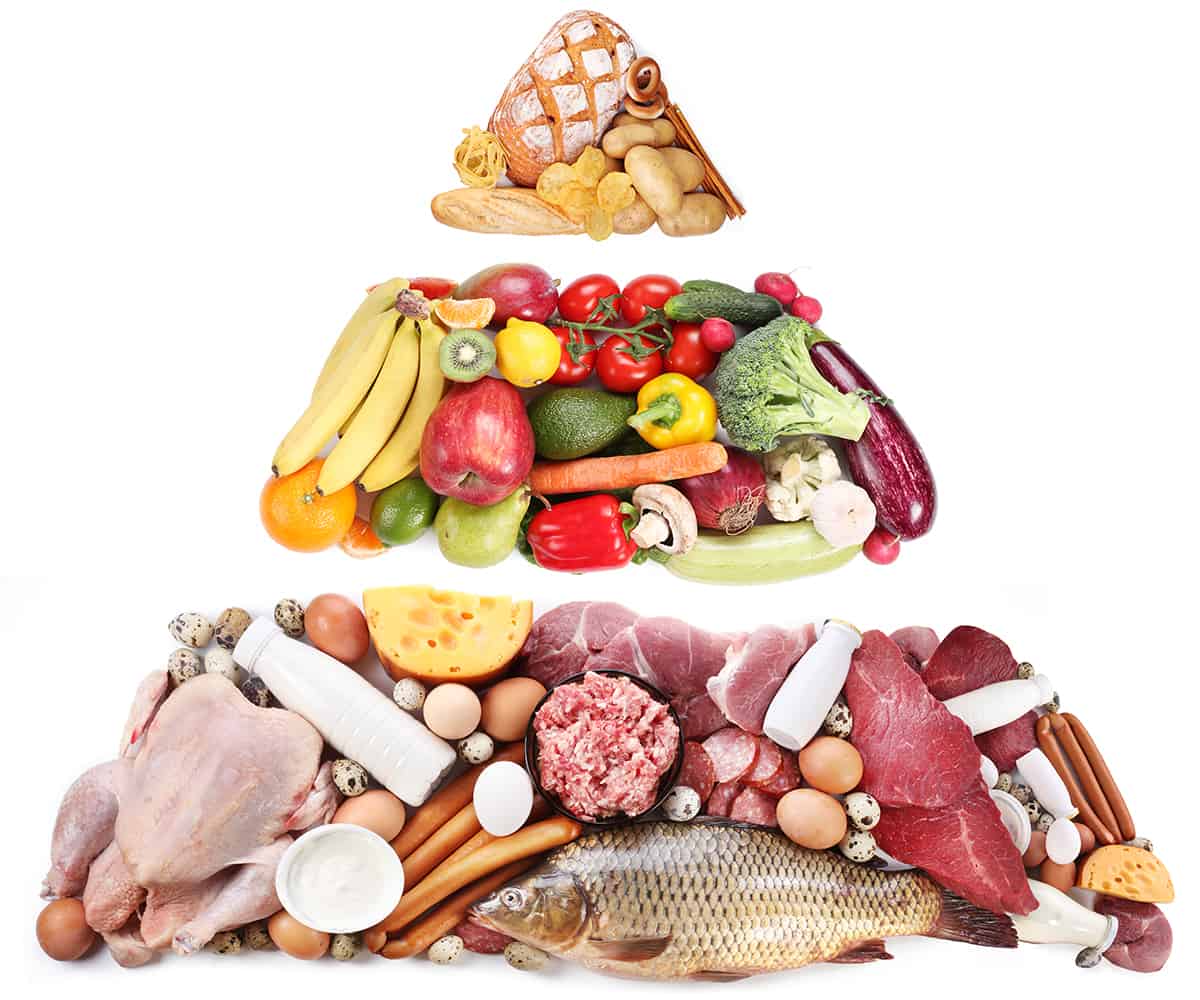
Basic Info
Low-carbohydrate diets are defined in the scientific literature as both percentages of macronutrients and total grams of carbohydrates.
**Importantly, a low-carb diet is widely variable. It can be implemented in many ways, from carnivore to omnivore to vegan. The fundamental point is to restrict carbohydrates. Our group is diverse and accepting of all types of low-carb diets!**
The following definitions are largely accepted by leaders in the field, including now, the National Lipid Association:
Why is this so different from the food pyramid we’ve been taught?
The food pyramid, which illustrates the U.S. Dietary Guidelines for Americans, is a high-carbohydrate diet, telling people to eat 50 – 55% of calories as carbohydrates — mostly from grains. In 1965, Americans ate only around 45% of their calories as carbohydrates. Since then, we’ve increased our carb consumption dramatically.
In fact, nearly all of the increased calories we eat today are carbohydrates. This diet has clearly not brought better health.
Low-carb diets have been used by doctors going back to the 1920s at least, to treat overweight/obesity. In the last 20 years, scientists worldwide have examined this approach more rigorously. Now, there’s a large scientific literature showing the diet to be safe and effective for combatting diet-related diseases. The pyramid may be slow to change, but the science clearly shows that a true low-carb diet is a safe, viable option — and should be included the Guidelines.

Who can benefit from a low-carb diet?
Low-carb diets are safe for everyone. The National Academies of Sciences said in 2005 that while certain fats and proteins are essential for human health, there are no essential carbohydrates.[1]
Most people can benefit from reducing their carbohydrate intake to below the 50-55% of total calories recommended by the U.S. Dietary Guidelines, since a diet high in sweets, bread, pasta, and other starches all convert to glucose (sugar) in the blood stream—and excess sugars appear to drive hunger and overeating. Over time, they contribute to metabolic problems such as overweight and diabetes.
That said, a truly “low-carb” diet, which involves reducing carbohydrates to below 25% of total calories or less, is mainly a tool for people with pre-diabetes/diabetes, overweight/obesity, fatty liver disease, high blood pressure, and unfavorable blood lipids that contribute to heart disease, such as low HDL-cholesterol and high triglycerides (fatty acids in the blood). All these unhealthy conditions have been shown, in rigorous scientific studies, to be improved or reversed using a low-carbohydrate diet.
Each and every day people are reducing their carbohydrate intake and are seeing results they could never-before obtain, despite trying to “eat healthy.”
Have low-carb diets been adequately researched?
To date, there have been some 52 clinical trials on “low-carb,” with the diet defined as 25% of calories as carbs or less.* These include:
- 3,181 participants enrolled
- 7 trials lasting 1 year
- 1 trial lasting 2 years
*There are nearly 100 trials where low-carb is defined as up to 45% of calories as carbohydrates, but we do not consider this to be a true, low-carb diet.
These studies have found:
- There are no negative side-effects of low-carb
- A very low-carb diet can reverse T2 diabetes
- Low-carb diets improve nearly all heart-disease risk factors except, in some cases, LDL-C, although low-carb diets tend to increase the “good,” kind of LDL particles while reducing the small, dense (dangerous) LDL particles;
- Low-carb diets consistently raise the “good” HDL-cholesterol and lower fatty acids in the blood (triglycerides), which are both signs of lowered cardiovascular risk;
What does this have to do with the 2020 Dietary Guidelines?
The process for the 2020 Dietary Guidelines for Americans (DGA) is underway. These Guidelines are EXTREMELY important, determining school lunches, hospital food, feeding programs for the elderly, military food, and indeed, our entire food supply. It’s very important that these Guidelines be based on the best-possible science.
Currently our Dietary Guidelines recommend that all Americans consume more than half of all calories from carbohydrates. This is not appropriate for the majority of people with metabolic diseases such as obesity and Type 2 diabetes.


